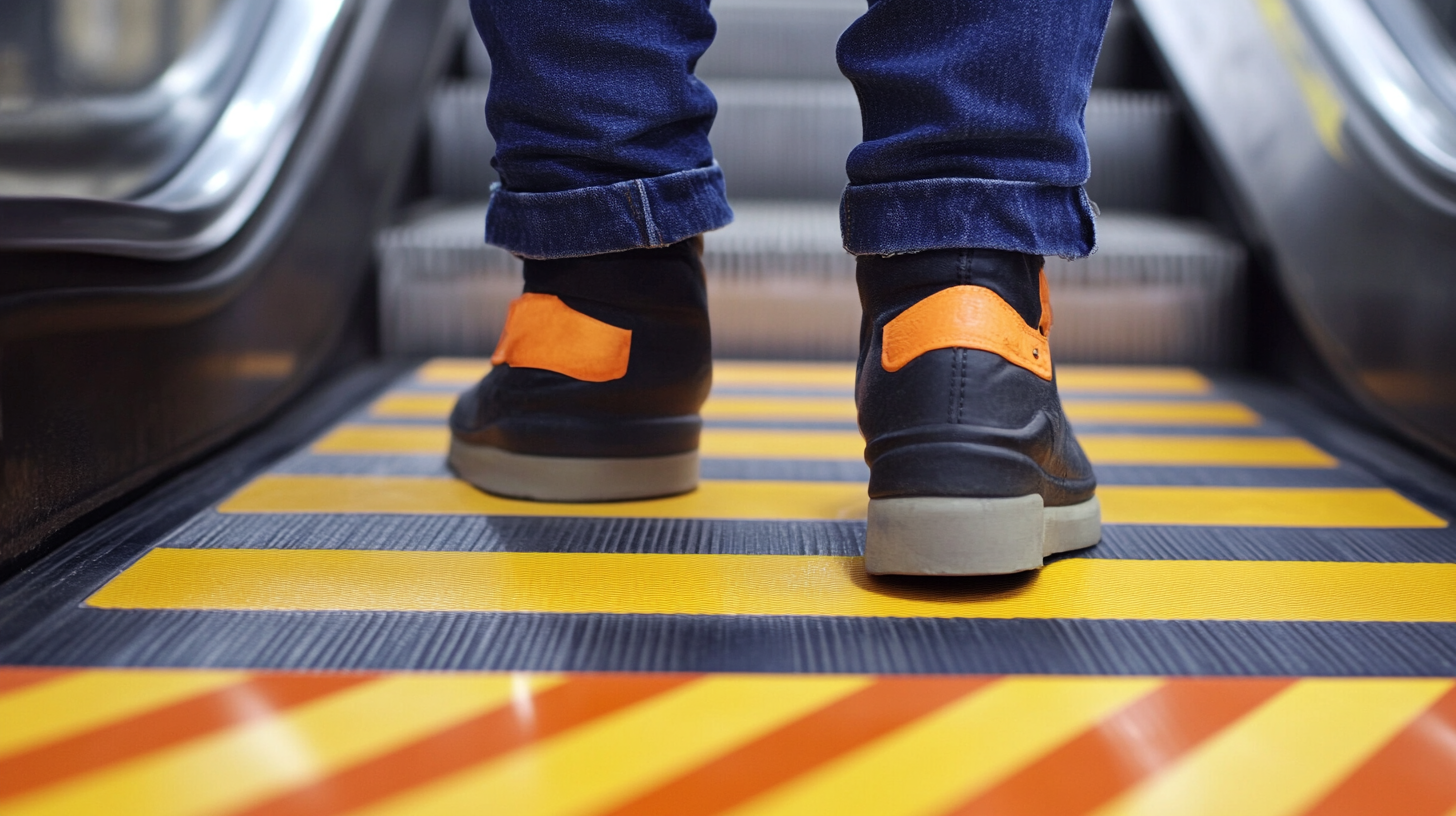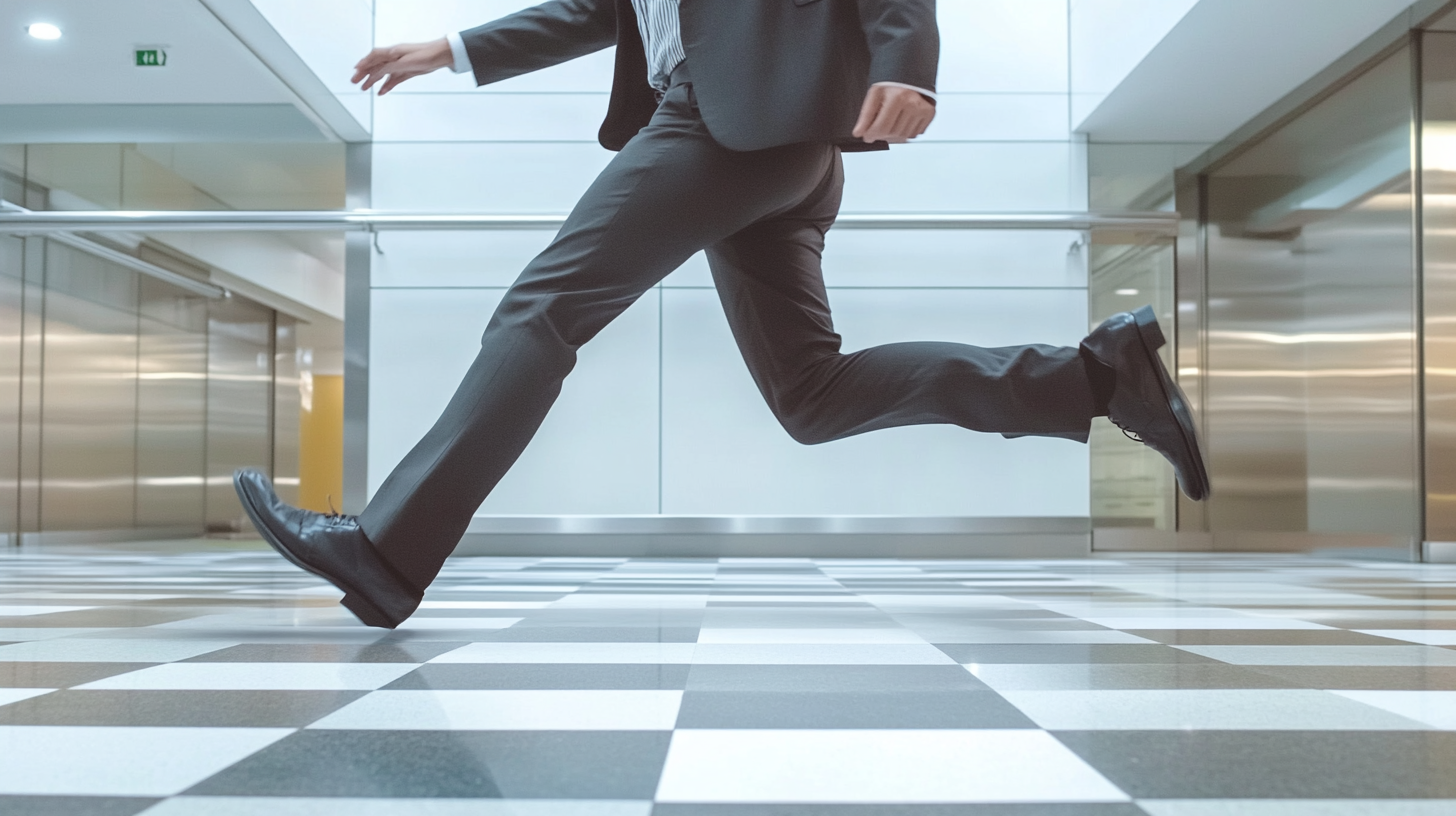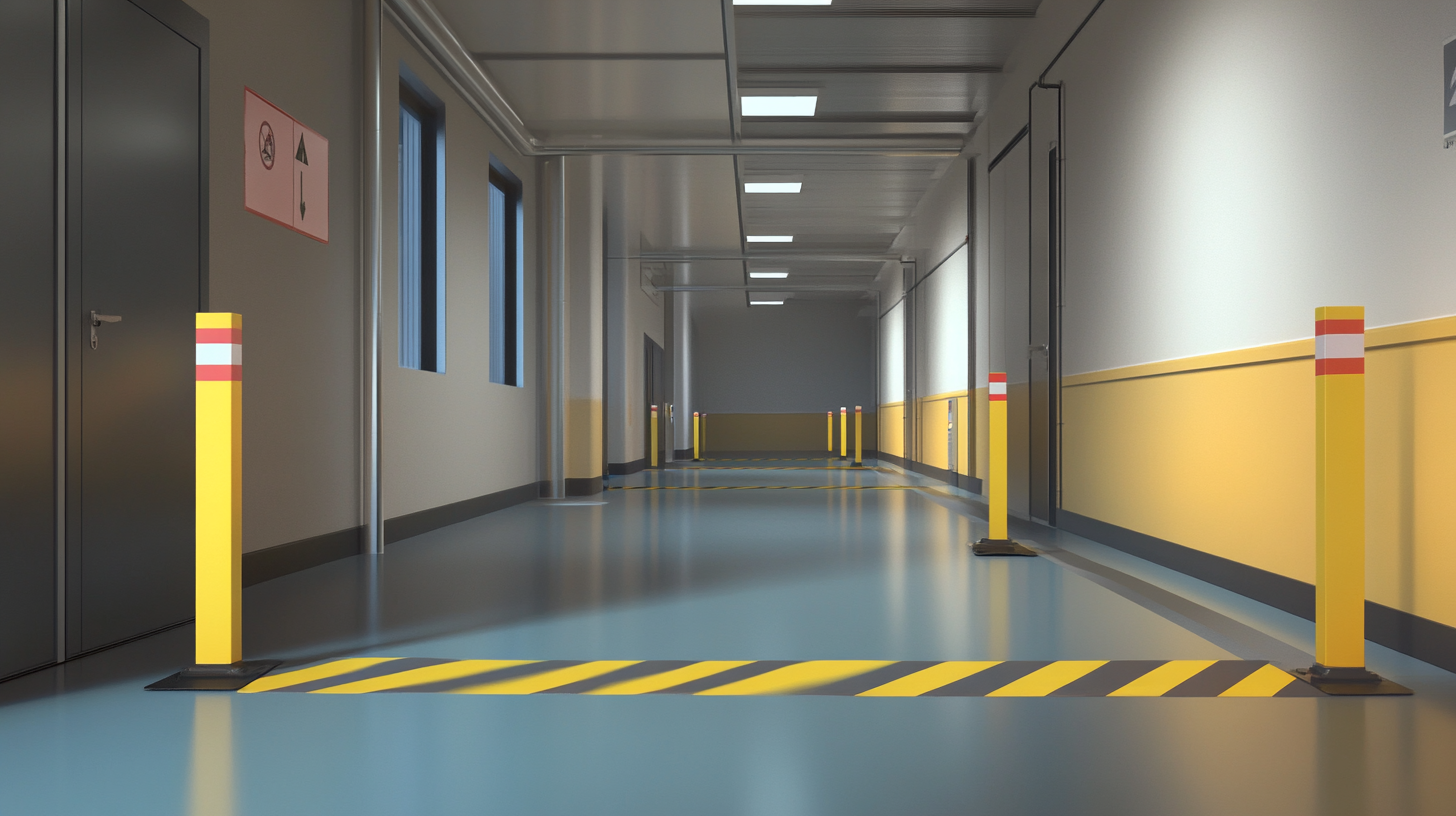Enhancing Workplace Safety: Real-World Fall Prevention Solutions and Implementation Strategies
In today's fast-paced work environments, ensuring the safety of employees is paramount, particularly when it comes to fall prevention. Falls are one of the leading causes of workplace injuries, resulting in significant physical, emotional, and financial impacts on workers and employers alike. As companies continue to prioritize the well-being of their workforce, effective fall prevention strategies are critical in mitigating these risks. By adopting proactive measures and implementing comprehensive safety protocols, organizations can create a safer work environment that protects employees and enhances overall productivity.
This blog will explore real-world fall prevention solutions and implementation strategies that businesses can adopt to reduce fall-related incidents. From incorporating safety training and adopting the latest technology to modifying workplace layouts and utilizing personal protective equipment, a multi-faceted approach can lead to sustainable safety improvements. As we examine successful case studies and expert recommendations, we hope to provide valuable insights that empower organizations to take decisive action towards a culture of safety and prevention in the workplace.

Identifying Common Fall Hazards in the Workplace for Effective Prevention
Identifying common fall hazards in the workplace is crucial for implementing effective prevention strategies that safeguard employees. One of the foremost causes of workplace falls is uneven surfaces, including cracks in flooring or poorly maintained walkways. Regular inspections and prompt repairs can mitigate these risks, ensuring that employees have safe pathways to navigate. Utilizing non-slip materials for flooring in high-traffic areas can further enhance safety, providing additional grip and reducing the likelihood of slips. Another significant hazard arises from improper use of ladders and scaffolding. Many workplaces fail to provide adequate training for employees on how to use these tools safely, resulting in falls that could easily be prevented. Implementing thorough training programs that cover the correct methods for ladder setup and usage can decrease these incidents. Furthermore, instituting regular equipment checks ensures that all ladders and scaffolding meet safety standards and are in good working condition. Additionally, environmental factors such as poor lighting can significantly contribute to falls. Workplaces should assess and improve their lighting in dimly lit areas, ensuring that employees can see potential hazards clearly. Implementing bright, motion-sensor lighting in frequently used paths and storage areas can help employees avoid accidents. By addressing these common fall hazards with appropriate strategies, organizations can foster a safer, more productive work environment.

Innovative Technologies that Enhance Fall Prevention Measures
In recent years, innovative technologies have emerged to enhance fall prevention measures in various settings, particularly for the aging population. With approximately one-third of older adults aged 65 and above experiencing falls annually, these incidents pose significant health risks, leading to severe injuries such as fractures and head trauma. The integration of advanced technologies is crucial in mitigating these risks and promoting safer living environments for seniors.
One promising development is the use of smart technology, such as intelligent insoles that monitor an individual’s movement and provide real-time alerts to help prevent falls. These insoles can detect instability or improper gait patterns, allowing for timely interventions before a fall occurs. Additionally, smart lighting and alert systems have been introduced to enhance safety in homes and workplaces, illuminating pathways during low visibility conditions and warning individuals of potential hazards.
Furthermore, the application of AI in fall prevention technologies represents a significant leap in addressing the complexities of healthcare and safety. By bridging the gap between preventive and clinical medicine, AI can aid in identifying at-risk individuals and customizing fall prevention strategies tailored to their specific needs. As these innovative solutions continue to develop, they promise to substantially reduce the incidence of falls and improve the overall quality of life for seniors and other vulnerable populations.

Practical Steps for Implementing a Comprehensive Fall Protection Plan
Implementing a comprehensive fall protection plan involves several practical steps that can significantly enhance workplace safety. One of the crucial aspects is the identification of existing fall hazards within the facility. This foundational step allows organizations to develop targeted strategies to address specific risks, ensuring that the plan is effective and relevant to the workplace environment. By assessing various factors such as the layout of the workspace, the use of equipment, and the activities performed by employees, organizations can create a robust action plan.
Additionally, integrating evidence-based falls prevention programs is essential. These programs should be tailored to different demographics, particularly vulnerable groups such as older adults. Recent studies emphasize the importance of immediate fall prevention technologies that anticipate risks and mitigate them proactively. By adopting innovative solutions and decision-making tools, organizations can significantly enhance their response to potential hazards, thereby fostering a safer working atmosphere.
Training and education for staff is another critical component. Employees should be well-informed about fall risks and trained on the best practices for prevention. Regular workshops and drills can help reinforce safety protocols. Moreover, feedback from staff can provide valuable insights into practical solutions for fall prevention, particularly in long-term care settings where the issue is prevalent. By creating a culture of safety and proactive engagement, organizations can ensure that their fall protection plans are not only comprehensive but also effective in reducing risks and safeguarding employees.

Training and Education: Empowering Employees to Prevent Falls
In the pursuit of enhancing workplace safety, training and education emerge as critical components in empowering employees to prevent falls. Understanding that prevention begins with knowledge, organizations must prioritize comprehensive training programs that not only highlight the risks associated with falls but also equip employees with practical strategies to mitigate these hazards. Like in cybersecurity, where employee awareness can defend against digital threats, fostering a fall prevention culture requires engaging workers in understanding their environment and the potential dangers they face.
Empowerment through education not only prepares employees to take immediate action but also promotes a sense of ownership over their safety. For instance, the Michigan Occupational Safety and Health Administration (MIOSHA) provides extensive resources and training opportunities aimed at equipping employees and employers alike. By investing in training that incorporates the latest empirical evidence and best practices, organizations can cultivate a workforce that is proactive rather than reactive regarding safety concerns.
Moreover, leveraging technology and innovation can enhance training initiatives. The integration of artificial intelligence and interactive learning platforms can create tailored educational experiences that resonate with employees, making learning more engaging and effective. Just as efforts are being made to empower communities against various challenges, addressing workplace safety through educational interventions can significantly reduce fall incidents, ultimately fostering a safer working environment for everyone.
Evaluating and Improving Fall Prevention Strategies Over Time
Falls among older adults remain a pressing issue, and evaluating fall prevention strategies is essential to improving safety in various communities. In Peshawar, recent assessments have highlighted the multifactorial nature of falls among older individuals living at home, drawing attention to lifestyle, environmental factors, and individual health conditions. Targeted programs are necessary to address these risks, particularly in vulnerable populations, emphasizing the need for tailored interventions.
Moreover, advancements in technology play a crucial role in enhancing fall prevention measures. By integrating comprehensive risk assessment tools, healthcare providers can identify potential fall risks earlier and implement personalized preventive strategies effectively. For instance, wearable sensor systems have emerged as a promising solution, aiding in real-time fall risk assessment and detection. These innovative approaches not only have the potential to prevent falls but also empower older adults by increasing their awareness and understanding of their own health conditions.
Continuous evaluation of these strategies over time enables organizations to refine their fall prevention programs, ensuring they remain relevant and effective. Insights gathered from long-term care facility staff have also proven invaluable, indicating that collaborative efforts among healthcare providers can lead to improved practices and better outcomes for older adults at risk of falling. By fostering an environment of ongoing assessment and adaptation, we can create safer workplaces and living conditions for our aging population.

